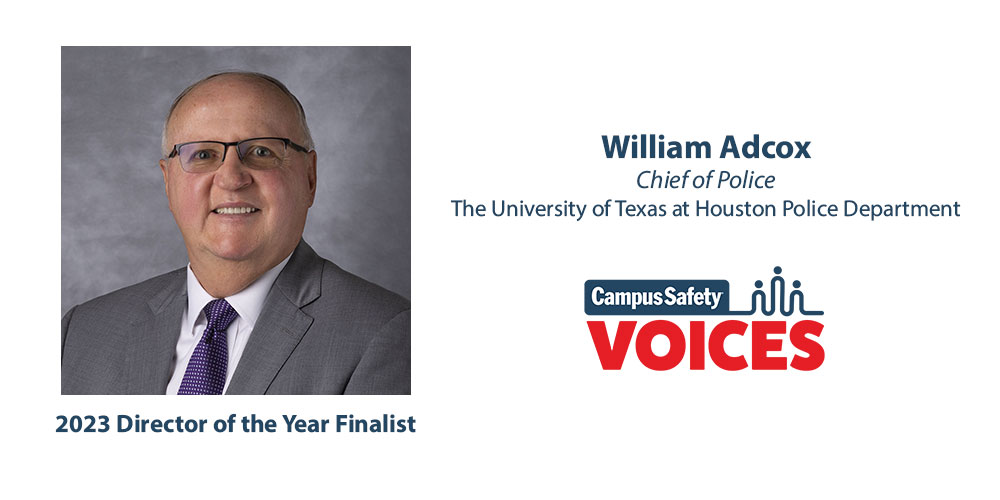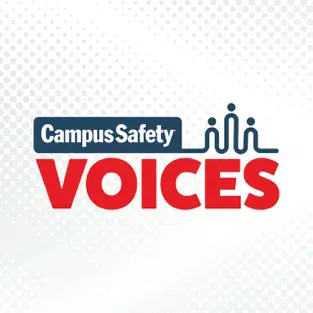Effective Jan. 1, 2022, The Joint Commission released new and updated standards for preventing hospital workplace violence. One of the main goals is to teach staff how to de-escalate a situation before it turns violent. However, if a threat occurs or a situation turns violent, through continuous education, it must be emphasized to employees that reporting each of these incidents is critical in preventing future ones.
At the University of Texas MD Anderson Cancer Center and UT Health Science Center, all reported incidents are shared with and monitored by the police department. Threats are also shared with other campus leaders to ensure everyone has a clear picture of the campus threat landscape at all times (12:47).
“Our division is involved in all the information and all the different cases from the very beginning, even in the clinics. That’s so you have holistic sharing of information so you can get all the different parts and pieces and expertise,” said William Adcox, chief of police and a 2023 Campus Safety Director of the Year finalist. “Everybody sees the world through a different lens — clinicians, our nurses, our staff in psychiatry, our staff in administrative roles, our patient advocates — everybody sees it differently. Risk management sees it differently. Legal sees it differently. If we don’t have all of those lenses looking at it, you really are not going to get the most robust and the richest solutions in place, and that’s very, very critical to violence prevention.”
[promo_content slug=”2023-doy-winner-announced-at-csc”]
As for the police department, when they are directly involved in responding to a threat, it isn’t typically handled the way one might assume.
“We do not have a prosecution model. We do not have an arrest model. That’s very important to point out. Our goal is always to get in front of something to prevent it,” said Adcox. “If we can’t prevent it, we’re going to work really diligently to resolve it. It doesn’t do anybody any good if you’re just looking at putting an arrest on somebody. In order to make an arrest, something’s already occurred, and that means we failed at our primary goal which is to prevent.”
Instead, Adcox ensures his team does everything they can to solve the problem without an arrest. He described a tragic incident when an emotionally distressed mother made a threat as her child was nearing the end of life.
“We very easily could have taken the parent out of the hospital and put them in emergency detention, but what would have happened is the child would have passed during that time, and it would have caused long-term problems for this parent,” said Adcox. “We have a very proactive institution and we were able to commit this individual within our own institution so they could be there with the child while getting treatment and getting the help that she needed at the levels that she needed. She was there with her child at the end of her life and it brought some closure to her and she went home to the rest of her family. Those are the types of things that you can do when you have this holistic team and everybody is willing to solve the problem.”
In this interview, Adcox also discussed:
- How UT’s Combined Protection Model (CPM) has resulted in improved performance and outcomes for both the institution and the community (1:46)
- How the Shared Purpose Council (SPC), which has representatives from all departmental teams, works to improve existing services by monitoring department measures and outcomes (6:06)
Watch the full interview here or listen on the go on Apple or Spotify.







